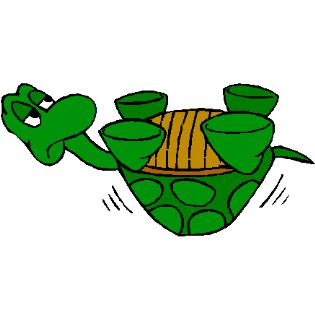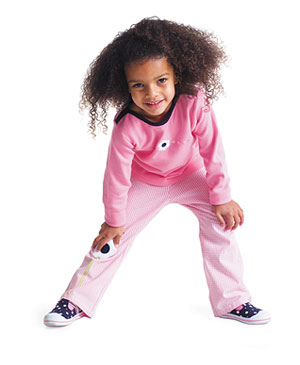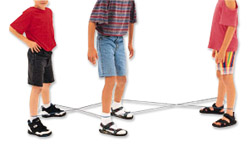Jog/Walk Progression
- Add a lap each week starting the third week in April.
- This will help prepare students for the Spring Jogathon and the 4th/5th Track Meets.
- At Edison: Students run a half block, starting at the gym, then towards Onyx Street, down to 23rd, then back to Emerald and the Gym.
- Jogathon Preparation: Give each student an index card and set the timer for 10 minutes (first class) 15 minutes (second class) and so on.
- Mark off the cards with a marker for every lap that students complete.
- OR… use a hole puncher to punch the index cards.
To add interest and variety:
- You can give students stickers will for each lap.
- Read off the elapsed time when each student completes a lap.
- Wear Pedometers: Estimate steps before running.





